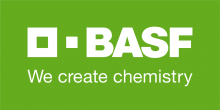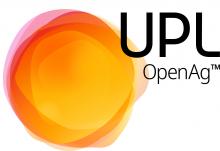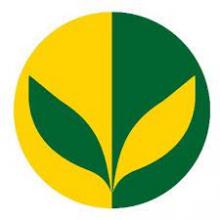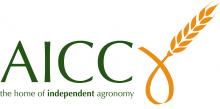Some key aspects of crop protection. See linked topic pages for more in depth information.
-
Pest Control: Crop protection involves managing and controlling pests such as insects, rodents, birds, and other organisms that can damage or consume crops. This can be done through the use of pesticides, biological control methods, and cultural practices.
-
Disease Management: Plant diseases caused by bacteria, fungi, viruses, and other pathogens can devastate crops. Crop protection strategies include planting disease-resistant varieties, applying fungicides or antibiotics when necessary, and practicing good sanitation.
-
Weed Management: Weeds compete with crops for nutrients, water, and sunlight. Effective weed control methods include herbicide application, mechanical cultivation, and the use of cover crops.
-
Environmental Stress Management: Environmental factors like drought, extreme temperatures, and soil problems can negatively impact crop growth. Crop protection may involve using irrigation, mulching, and soil management practices to mitigate these stresses.
-
Genetic Improvement: Breeding and genetic editing techniques can be used to develop crops that are more resistant to pests, diseases, and environmental stresses. This is a long-term approach to crop protection.
-
Biological Control: Using natural predators or beneficial organisms to control pest populations is an eco-friendly approach to crop protection. Ladybugs, parasitic wasps, and nematodes are examples of beneficial organisms used for pest control.
-
Integrated Pest Management (IPM): IPM is a holistic approach that combines various strategies to manage pests in an environmentally and economically sustainable way. It involves monitoring pest populations, using biological control methods, and judiciously applying chemical pesticides only when necessary.
-
Cultural Practices: Crop protection also includes implementing cultural practices such as crop rotation, intercropping, and adjusting planting dates to reduce pest and disease pressure.
-
Education and Training: Educating farmers about best practices in crop protection is essential for effective implementation. This includes teaching them how to identify pests and diseases, use pesticides safely, and adopt sustainable farming techniques.
-
Regulations and Safety: Crop protection products, including pesticides, are subject to regulations to ensure their safe use and minimize environmental impacts. Proper handling, storage, and disposal of these products are critical aspects of crop protection safety.
A large number of factors affect the choice and implementation of crop protection methods such as: crop type, agricultural sector, pest and disease pressure, environmental conditions, geographic location, farm size, budget and resources, regulations and compliance, market demands, field/farm history, access to technology.












